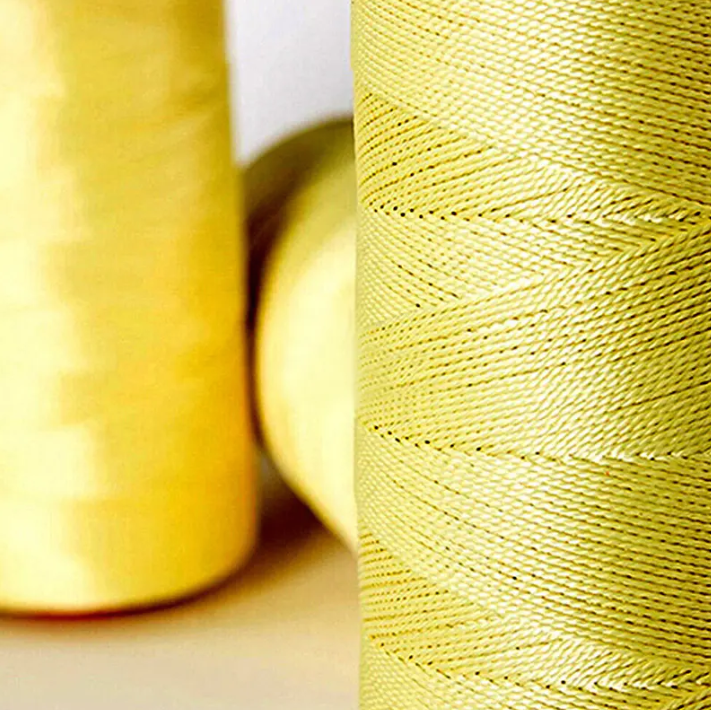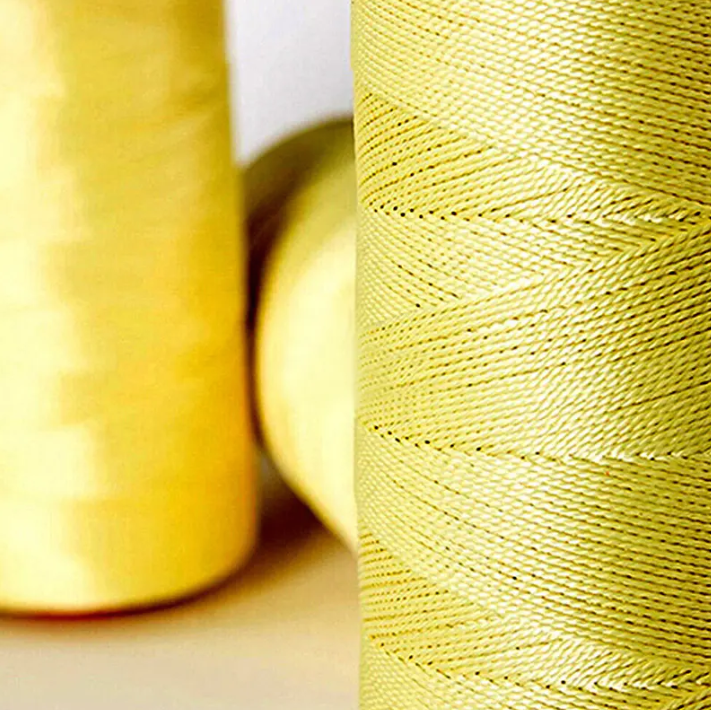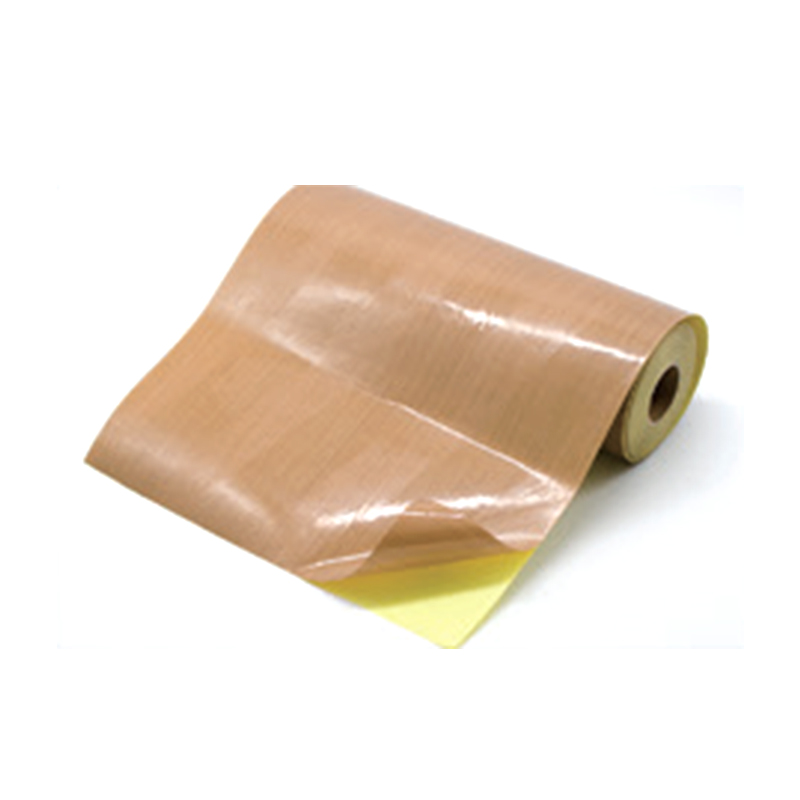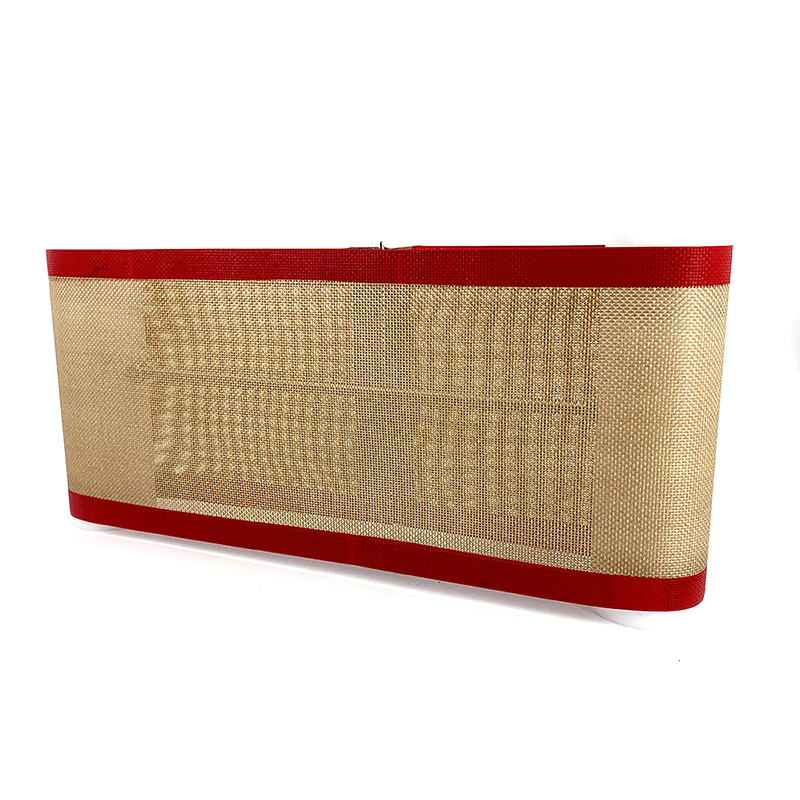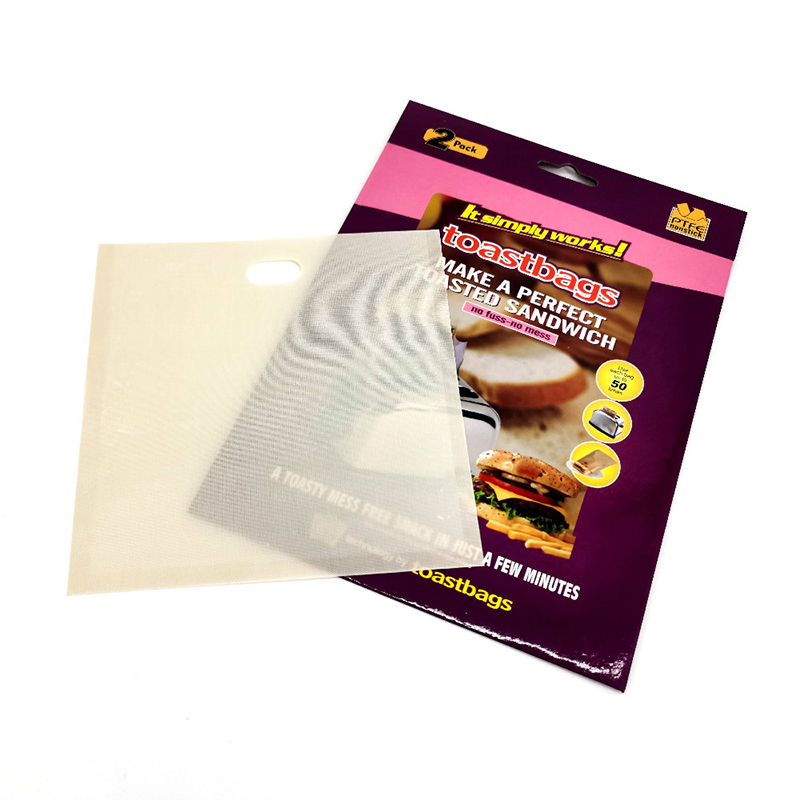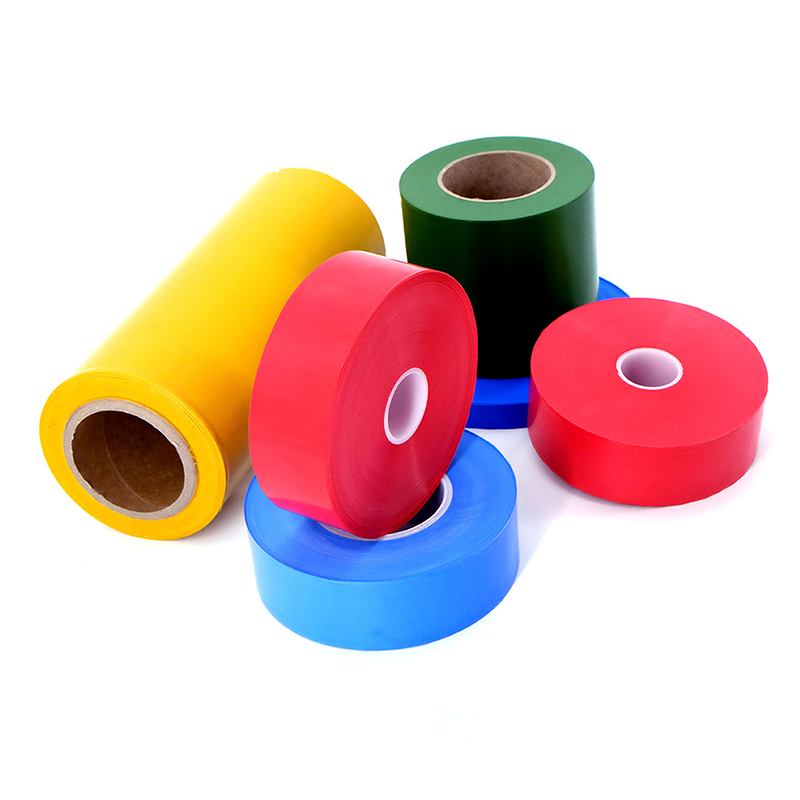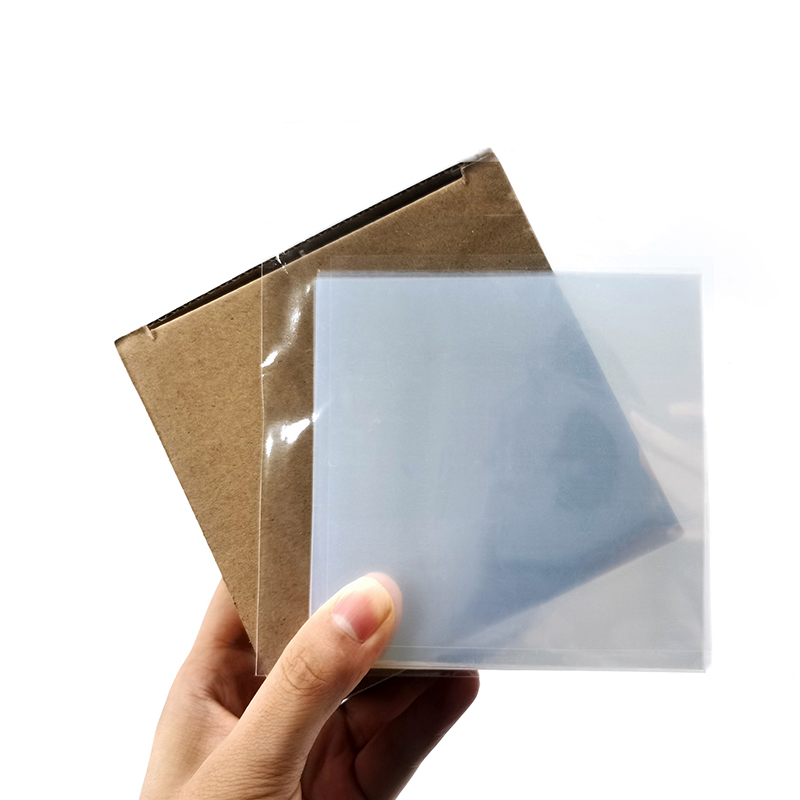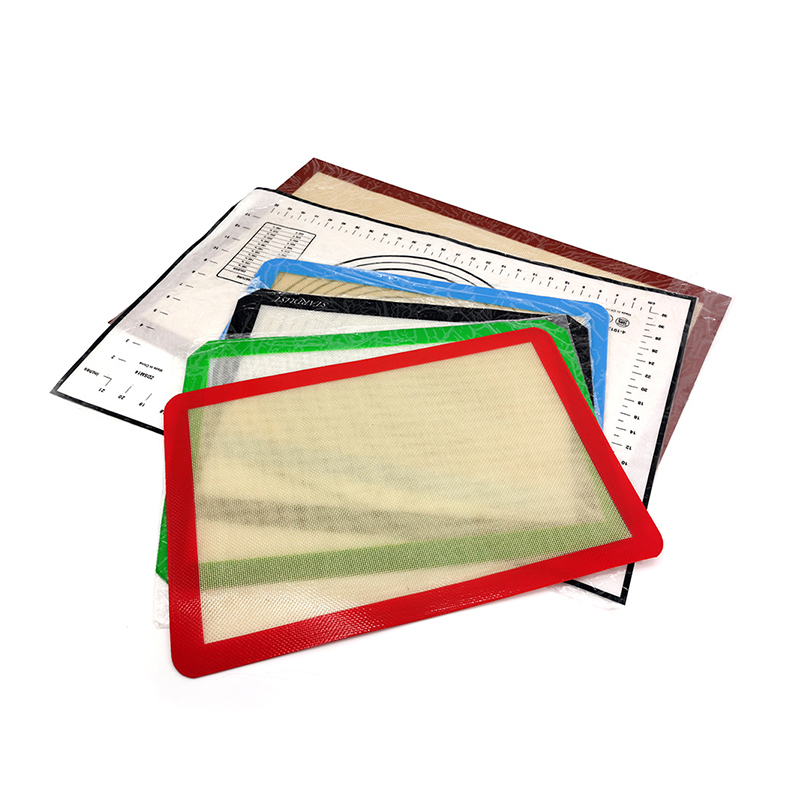How to use Aramid Sewing Thread to extend the service life of mechanical equipment?
1.Aramid Sewing Thread: Revolutionizing Durability in High-Demand Environments
1.1 Durability Challenges in Traditional Sewing Threads
In many industrial and high-intensity working environments, traditional sewing threads such as polyester or nylon often fail to meet the demanding durability standards. These materials tend to suffer from wear, aging, and weakening when exposed to prolonged friction, pressure, and harsh conditions, which directly compromises the reliability and longevity of the final product.
1.2 Aramid Fiber’s Unique Structural Advantages
Aramid Sewing Thread, made from aramid fibers, offers superior wear resistance and anti-aging properties due to its unique molecular structure. This allows it to maintain stable mechanical properties even under extreme friction and environmental stress, outperforming conventional sewing threads by a significant margin.
1.3 Ensuring Long-Term Performance Stability
Thanks to its high tensile strength and chemical stability, Aramid Sewing Thread remains resilient over time, providing consistent performance and resistance to damage. This makes it an essential material for applications requiring sustained durability and reliability under challenging conditions.
2.Enhancing Product Reliability and Reducing Maintenance Costs with Aramid Sewing Thread
2.1 Extended Service Life Through Superior Wear Resistance
The enhanced durability of Aramid Sewing Thread helps prevent the common issues of thread breakage, wear, and aging that plague traditional threads. This robustness ensures that sewn components in products like conveyor belts, industrial workwear, and mechanical equipment connections retain their integrity over extended periods.
2.2 Minimizing Repairs and Operational Downtime
By reducing the frequency of maintenance due to sewing failure, Aramid Sewing Thread significantly lowers repair costs and operational interruptions. This reliability is critical in high-load and continuous-use scenarios, where product failure can lead to costly downtime and compromised safety.
2.3 Cost Efficiency in Industrial and Protective Applications
Industries that rely on durable sewn materials benefit greatly from the reduced maintenance demands associated with Aramid Sewing Thread. Its high friction resistance and aging tolerance make it a cost-effective solution for maintaining performance standards while controlling lifecycle expenses.
3.Sustainability and Performance: Aramid Sewing Thread's Dual Benefits
3.1 Reducing Environmental Impact Through Longevity
Products sewn with Aramid Sewing Thread exhibit longer lifespans, which decreases the need for frequent replacements and repairs. This extended usability translates to less material waste and a reduction in the environmental footprint associated with production and disposal cycles.
3.2 Promoting Sustainable Manufacturing Practices
By increasing the durability of sewn products, Aramid Sewing Thread supports more sustainable manufacturing models. Reduced resource consumption and waste generation align with growing environmental regulations and consumer demand for eco-friendly products.
3.3 Balancing Performance and Eco-Consciousness
The adoption of Aramid Sewing Thread demonstrates how innovation in material science can simultaneously enhance product durability and promote environmental responsibility. This balance addresses the critical need for high-performance materials that contribute to a greener and more sustainable future.



 English
English Español
Español русский
русский
